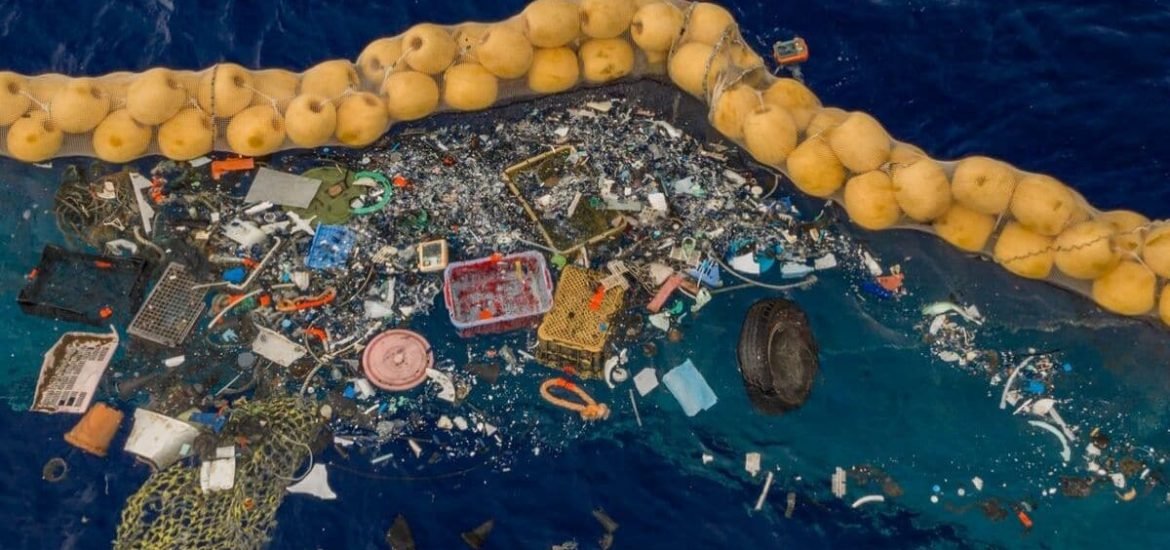
The Ocean Cleanup, a nonprofit based in Rotterdam in the Netherlands founded by young engineer Boyan Slat, has improved its plastic-collecting device. The latest version has finally captured and retained floating plastic in the Pacific Ocean.
The Dutch startup initially launched its first test device more than a year ago, comprised of a 600-meter-long plastic tube with a 3-meter skirt designed to collect floating plastic in the Pacific. More specifically, to clean up the Great Pacific Garbage patch — as it has notoriously become known — located halfway between Hawaii and California where strong ocean currents have brought together a massive accumulation of debris spanning an area three times the size of France.
The most recent trial began in June and launched from Vancouver in Canada. And on Wednesday Slat reported on twitter, “Our ocean cleanup system is now finally catching plastic, from one-ton ghost nets to tiny microplastics! Also, anyone missing a wheel?” The comment was accompanied by an image of the plastic debris, including a car wheel, that was picked up by the vessel. Among other items were fishing nets, plastic objects like cartons and crates, and microplastics as small as one millimetre in length.
Slat also said this week at a press conference in Rotterdam, “We are now catching plastics … After beginning this journey seven years ago, this first year of testing in the unforgivable environment of the high seas strongly indicates that our vision is attainable and that the beginning of our mission to rid the ocean of plastic garbage, which has accumulated for decades, is within our sights.”
The young entrepreneur also added that the vessel is using the “natural forces of the ocean” — i.e. wind and wave power — to catch plastics, thus providing “sufficient confidence in the general concept” to continue the project. He hopes that one day reselling the recycled plastics they have collected will be enough to cover operational costs. Moreover, to meet its target of removing at least half of the garbage in the patch within the next five years, the team will also need to scale up the device and possibly make it more durable.
Last year many were sceptical about whether the device would actually work since not all plastic floats. And apart from the huge expense of deploying trawlers every few months to remove the collected debris, others voiced concerns that the large device may potentially disrupt ecosystems by luring in unsuspecting fish, marine mammals, and seabirds. However, the skirt was designed to trap some of the 1.8 trillion pieces of plastic polluting the patch without disturbing the marine life below.
Indeed, the initial designs caused the plastic to spill back into the ocean. During the previous four-month trial, the boom broke off and no plastic was collected. But the most recent model seems to have overcome these initial hiccups. And includes the addition of a “parachute anchor”, which should slow done the device allowing it to capture fast-moving debris.